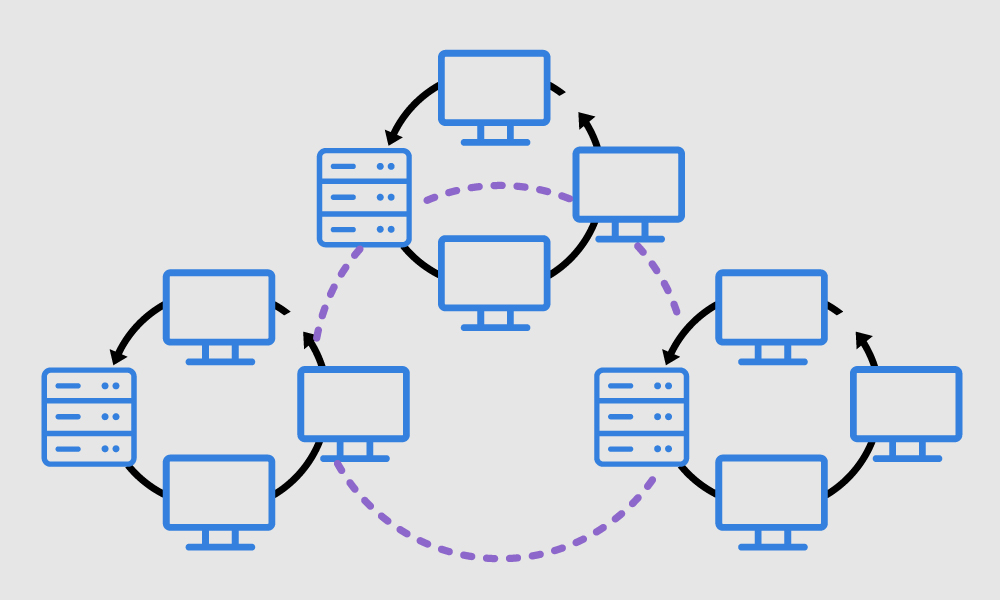Today, the key infrastructure component used by organizations to securely exchange information over long distances is through enterprise WAN. The enterprise wide area network facilitates data exchange and communication between different locations of a particular business, including:
- branch offices
- central data centers
- remote sites
Enterprise WAN extends all over numerous locations.
The central function of enterprise WAN
The central function of an enterprise WAN is providing reliable, secure, and efficient means for various parts of an organization to connect and interact with each other. The connectivity supports several important operations, such as:
- data sharing
- application access
- inter-office communication
These are essential for the functions of a business.
How does enterprise WAN function?
An enterprise WAN network contains different interconnected technologies and components that work together, providing complete network coverage, such as:
- Routers and switche Routers have direct data packets between various locations and networks, while switches manage data traffic in the specific network. The devices ensure data will be transferred efficiently and arrive at the intended location.

- Communication links. These are the virtual or physical connections linking different parts of the wide area network. Common types of communication networks may include:
- Leased Lines
- Multi-Protocol Label Switching
- Virtual Private Networks
- Protocols. WAN protocols control data to transmit and manage across a network. They have defined the rules for:
- data packet formation
- routing
- error handling
Common WAN protocols include:
- TCP/IP
- UDP
Enterprise WAN solutions
If you wonder which one technology is right for your organization, it different on various factors, such as:
- Size of the organization
- Specific requirements
The most common enterprise WAN solutions are IP-VPN and SD-WAN.
- IP-VPN. It is used for connecting organizations with numerous offices and sites and is the go-to technology for Information Technology for:
- IT
- VoIP
- data networking
It provides a 24/7 management and monitoring system to ensure a continuous ultimate and uptime use of network bandwidth. IP-VPN helps customers with the following tasks:
- prioritize data types to have a manageable performance of the network
- making a private network across the shared infrastructure
- SD-WAN. It splits the connectivity from traffic management on the WAN. It can create a single network view regardless of the used connectivity. SD-WAN allows an organization to access the internet locally if it enhances performance for the end users and connects all the offices to the cloud services. Managed SD-WAN solutions to access the cloud instantly and support ZTP (Zero Touch Provisioning) for easy and quick deployment.
As more businesses look to incorporate cloud services and mobile applications in their networks, the agility and flexibility of SD-WAN are most wanted. IP-VPN can be the better option for a business based on your needs. Here are the different capabilities between IP-VPN and SD-WAN to check which one your business needs:
- IP-VPN
- Get a dedicated network
- Completely control your data
- Ensure enterprise-grade security
- Optimize Quality of Service (QoS)
- Get 24/7 managed support
- SD-WAN
- Integrate with the cloud
- Optimize data traffic
- Deploy and scale fast
- Ensure service agility
- Maintain business continuity
WAN is the beginning of the new technologies in business communication. SD-WAN (Software-Defined WAN) is rising when looking for applications that drive greater usefulness from the technology.



